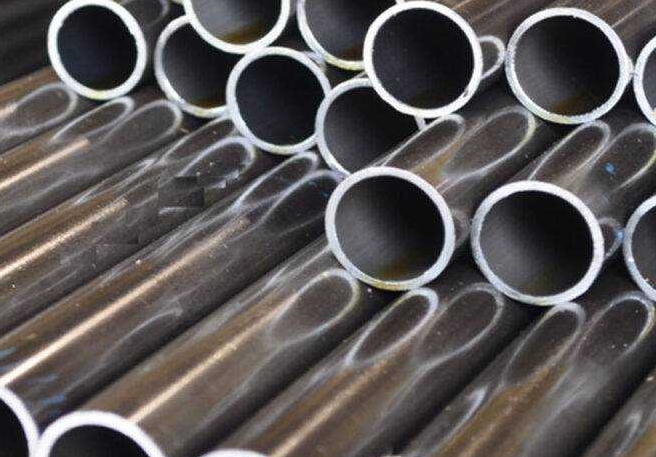
Differences Between ERW and EFW Steel Pipe
The welding method of ERW pipe and submerged arc welded pipe is significantly different. The pressure welding method without filler metal is adopted. The weld is not filled with other components, and the skin effect and the proximity effect of the high frequency current are used to instantaneously heat the edge of the plate. At the soldering temperature, the weld of the forged structure is extruded by a squeeze roll. High-quality steel pipes require heat treatment on the weld line or off-line to refine the microstructure of the weld zone. The weld of the high-quality ERW welded pipe can reach the same level of toughness as the base metal, which cannot be achieved by the submerged arc welding process.
EFW steel pipe is the abbreviation of electric fusion welding.
One of submerged arc welding (SAW)-electric welding (EFW) is a process in which metal is heated by one or several consumable electrodes and a workpiece to heat the metal, and the arc is used to make the metal and fill. The material is fully melted and does not require pressurization. The part of the filling metal is all from the electrode. Melt Gas Shielded Welding (GMAW)–A type of electrofusion welding (EFW) that is similar to submerged arc welding, but its protection comes from inert gases and works better.
Spiral welding (SSAW)–this is also a type of submerged arc welding with a spiral weld.
Each feature has its own advantages and disadvantages
In terms of performance, ERW steel pipes and EFW steel pipes also have their own advantages and disadvantages. ERW steel pipes have fast production speed, high degree of automation, and inconspicuous welds. This is because its heat-affected zone is small, the welds are relatively narrow and low, and the internal and external welds are usually removed after welding, so the inner wall of the pipe is smoother, the fluid resistance is small, it can effectively improve the transportation efficiency and reduce energy consumption, and the price is relatively low. However, since the weld is formed by the fusion of the parent material itself, the toughness of the weld will be limited by the material of the parent material. If there are defects such as inclusions in the parent material, the impact toughness of the weld will be reduced.
EFW steel pipes have high production efficiency, low cost, stable quality, no internal stress, and are also excellent in corrosion resistance and high temperature performance. Therefore, they are widely used in the fields of petroleum, natural gas, chemical industry, etc. However, the wide weld of EFW steel pipe will lead to a too wide heat-affected zone, which may affect the appearance and some performance of the pipeline and reduce the comprehensive mechanical properties of the welded structure. In addition, if it is gas shielded welding, a too wide weld will also reduce the protection effect and affect the surface quality of the weld.

Different application areas
Due to the differences in properties, the application areas of ERW steel pipes and EFW steel pipes also have different focuses. ERW steel pipes are widely used in high, medium and low pressure fluid transportation pipelines such as oil, natural gas, steam, water and air. They are often seen in urban water supply and gas supply pipelines. Their smooth inner wall can reduce energy loss during fluid transportation. In terms of structural steel pipes, it is often used in fields such as piling, bridges and construction. For example, in the steel structure of some buildings, ERW steel pipes provide a stable support for the building. In the field of automobile and machinery manufacturing, ERW steel pipes have also become an ideal material for manufacturing parts due to their high dimensional accuracy and good surface quality.
EFW steel pipes have been widely used in oil and gas transportation, chemical industry, electric power, shipbuilding, textile and other fields. They are especially suitable for scenarios with high requirements on pipeline performance and need to withstand high pressure, high temperature and strong corrosive environment. For example, in the petrochemical industry, EFW steel pipes can be used to transport various corrosive chemical media; in the power industry, they can be used as boiler pipes to withstand high-temperature and high-pressure steam. In some large-scale infrastructure construction projects, such as long-distance oil and gas pipeline projects, EFW steel pipes ensure the safe transportation of energy with their excellent performance.
Read more: Benefits and Drawbacks of ERw Steel Pipes


